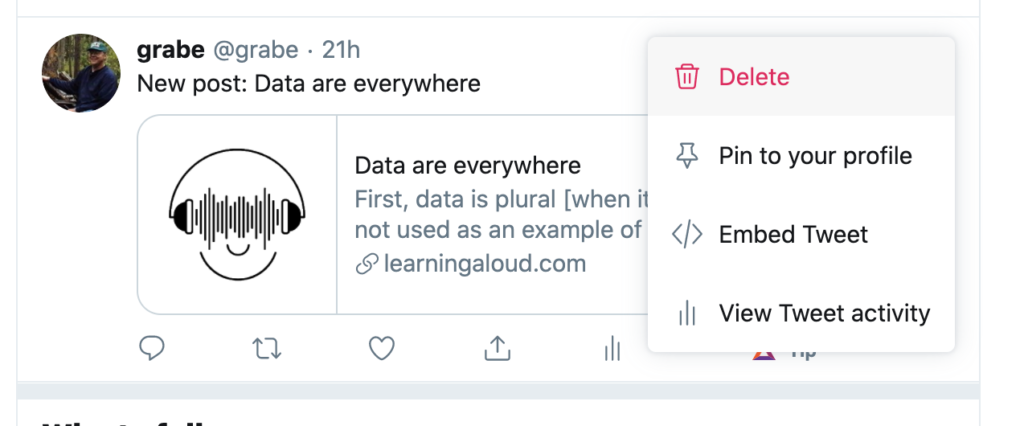While I think educator interest in Twitter chats has waned, I find an occasional group that has maintained interest in this approach and chat activity may pick up when we get past the pandemic and worrying about just getting through tomorrow. My issue with Twitter chats (ed chats) was what I would describe as inefficiency – too much time to get anything accomplished if the goal was to offer educators a personal learning network. My suggests have been focused on things like asking participants to read a common resource each week or come prepared to share a link related to the topic of the week.
Keeler is capable of deep dives on technology topics and often combines detailed knowledge of how to accomplish technical hacks with different tools with related ideas for the classroom. Her recent post and sharing of a chat template is a good example.

The template is based in a spreadsheet and includes cells set aside for the questions to be asked during a chat, cells for responses to these questions, and a cell to be used for the hashtag that keeps all chat participated connected during a chat (the first part of the Keeler post explains the basics of a chat process and so does my post on Twitter chats).
The advantage I see in Keeler’s use of a template for an educational chat would be the time saved in generating the questions (by the moderator) and responses. Too many chats (in my opinion) are seat of the pants sessions with little or no preparation and educators responding on the fly. Everyone types at the same time to generate responses with little back and forth. I assume Keeler’s proposal is that the template for a given chat be shared (the questions) and participants then prepare their initial responses. As the series of questions and responses were then relayed via Twitter during an actual chat, participants can focus more on reading the responses offered by other participants and commenting on these responses. Efficiency, preparation, and greater consideration of ideas offered by others would be the benefits.
I was curious about Keeler’s approach. She made use of a web function – =hyperlink and Twitter capabilities I was unfamiliar with (intents). As I understand a major reason for the intent capabilities, Twitter capabilities can be added in other contexts such as a web page. So, for example, I would create a URL including the intent command here that should bring up your Twitter and include a tweet. You would then send the tweet if you wanted.
https://twitter.com/intent/tweet?text=Hello%20World
You can examine what your own tweets would look like when coverted to a similar format. After you have generated a tweet, you should see the tweet contains a V shaped symbol in the upper right-hand corner. One of the options under this drop down is Embed Tweet. Twitter will generate the embed for you.


So what Keeler has done is create a script using the hyperlink function to pull data from the spreadsheet (there are some columns you will have to reveal to understand the script).
=hyperlink(“https://twitter.com/intent/tweet?text=Q”&E3&”:”&”%20″&B3&”%20″&$G$2,”Q”&E3)
When instantiated with content from filled cells might the URL might look something like this.
This is an interesting approach that solves a practical problem.
70 total views , 1 views today